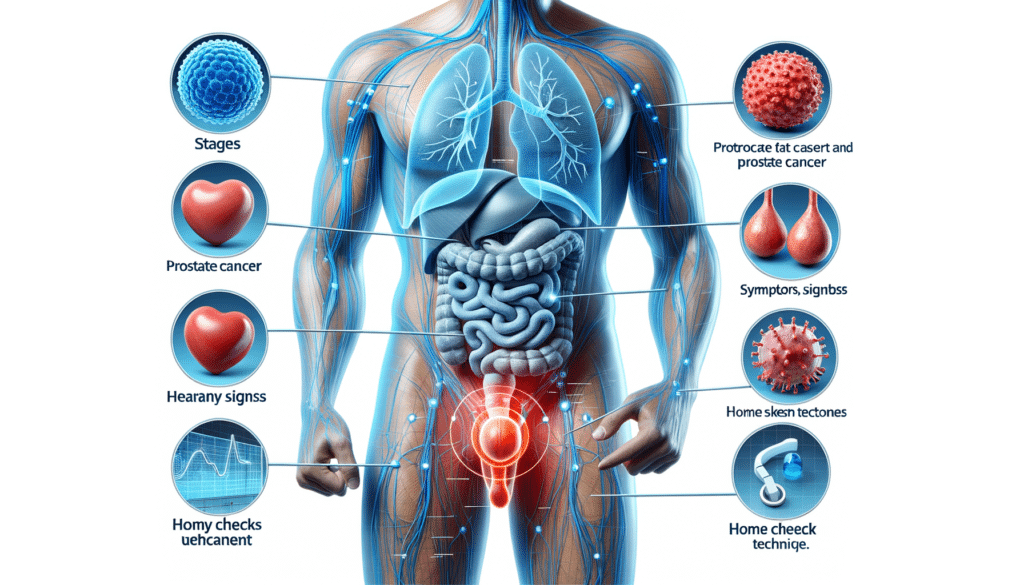Recognizing Prostate Cancer Symptoms
Prostate cancer is a condition that affects the prostate gland, which is part of the male reproductive system. Understanding the symptoms associated with prostate cancer can be crucial for early detection and effective treatment. Some common symptoms include difficulty urinating, a decreased force in the stream of urine, blood in the urine, and discomfort in the pelvic area. These symptoms can often be subtle and may progress slowly, which is why they are sometimes overlooked.
It’s important to note that these symptoms can also be indicative of other conditions, such as benign prostatic hyperplasia (BPH) or prostatitis. Therefore, experiencing these symptoms doesn’t necessarily mean one has prostate cancer, but it does warrant a visit to a healthcare professional for further evaluation. Early detection through awareness of these symptoms can lead to more effective treatment options and better outcomes.
In some cases, prostate cancer may not present any symptoms until it has advanced. This underscores the importance of regular screenings, especially for those with a family history of the disease or other risk factors. By staying informed and vigilant about the symptoms, individuals can take proactive steps in managing their health.
Understanding the Stages of Prostate Cancer
The progression of prostate cancer is categorized into stages, which help determine the extent of the disease and guide treatment decisions. There are four main stages:
- Stage I: Cancer is confined to a small area of the prostate and is usually slow-growing.
- Stage II: Cancer is more advanced but still confined to the prostate. It may involve more than one part of the prostate.
- Stage III: Cancer has spread beyond the outer layer of the prostate to nearby tissues or seminal vesicles.
- Stage IV: Cancer has spread to other parts of the body, such as the bladder, rectum, bones, or distant organs.
Understanding these stages is crucial for patients and healthcare providers to develop an effective treatment plan. Treatment options vary depending on the stage and may include surgery, radiation therapy, hormone therapy, or chemotherapy. In some cases, active surveillance or watchful waiting may be recommended for early-stage prostate cancer.
Regular screenings and monitoring are vital for detecting changes in the cancer’s progression. By understanding the stages, patients can have informed discussions with their healthcare providers about the most appropriate course of action for their specific situation.
Prostate Cancer Treatment Options
Treatment for prostate cancer depends on several factors, including the stage of the disease, the patient’s age, overall health, and personal preferences. Here are some common treatment options:
- Surgery: This involves the removal of the prostate gland and is often considered for early-stage cancer.
- Radiation Therapy: Uses high-energy rays to target and kill cancer cells. It can be used alone or in combination with other treatments.
- Hormone Therapy: Aims to reduce or block the production of hormones that fuel cancer growth.
- Chemotherapy: Uses drugs to kill rapidly growing cancer cells and is generally used for advanced stages.
- Active Surveillance: Involves regular monitoring of the cancer without immediate treatment, suitable for slow-growing cancers.
Each treatment option comes with its own set of potential side effects and benefits, and the choice of treatment should be made after thorough discussions with healthcare providers. It’s essential for patients to consider their quality of life and personal values when deciding on a treatment path.
Advancements in medical research continue to improve the effectiveness of prostate cancer treatments, offering hope for better outcomes and quality of life for patients. Staying informed about the latest developments and maintaining open communication with healthcare providers can empower patients in their treatment journey.


